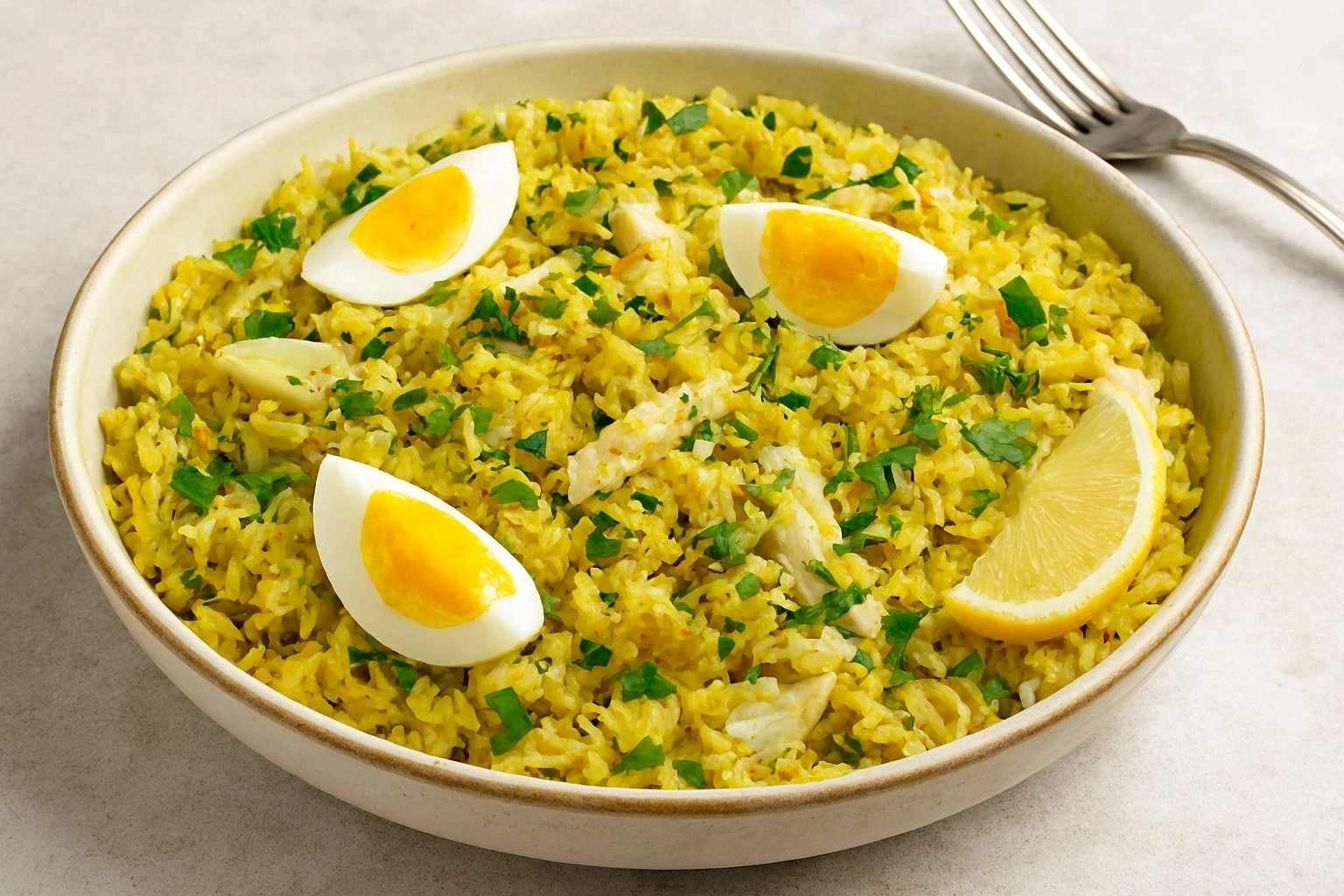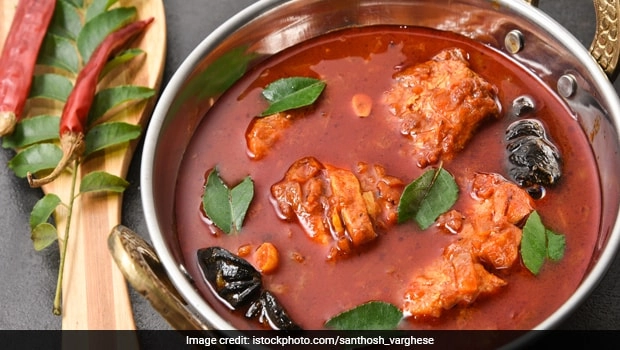The culinary journey from khichdi to kedgeree illustrates the fascinating intersection of Indian and British culinary traditions. Khichdi, a staple dish in India, typically consists of rice, lentils, and various spices, making it a comfort food enjoyed by many across the subcontinent. It is often associated with home-cooked meals and is regarded as a dish that provides nourishment and warmth, particularly when one is unwell. The simplicity and versatility of khichdi, along with its ability to be easily adapted to different regional tastes, has made it a beloved part of Indian cuisine for centuries.
When the British colonized India, they encountered numerous local dishes, and khichdi was among them. The British were intrigued by the flavors and ingredients used in Indian cooking. Over time, they began to adapt khichdi to suit their palates and culinary practices. This transformation led to the creation of kedgeree, a dish that emerged in the 19th century. Kedgeree typically features flaked fish, often smoked haddock, combined with rice, hard-boiled eggs, and a blend of spices such as curry powder. The British version retains the essence of khichdi, but it incorporates local ingredients and cooking styles, reflecting the cultural exchange that occurred during the colonial era.
Kedgeree quickly became popular as a breakfast dish in Britain, showcasing how cultural influences can reshape food traditions. While khichdi is often served as a comforting, hearty meal in India, kedgeree became associated with the British brunch culture, evolving into a dish that is both elegant and satisfying. The incorporation of fish and eggs into the dish provided a unique twist that appealed to the British palate, offering a taste of India while remaining distinctly British in presentation and context.
Today, kedgeree is a testament to the enduring legacy of colonialism in the culinary world, illustrating how foods can transcend their origins and evolve into something entirely new. The dish has maintained its status as a beloved breakfast option in the UK, often appearing on brunch menus in modern cafes and restaurants. As we explore the global fusion of cuisines, the story of khichdi and kedgeree serves as a reminder of how food can connect cultures and reflect the complexities of history, adaptation, and change. Through this lens, we see that comfort food can indeed cross borders, bringing together diverse culinary traditions in delicious and unexpected ways.




